name: ivado-materials-apr24 class: title, middle ## Crystal-GFN ### A generative model to discover crystal structures with desirable properties and constraints Presenting: Alex Hernández-García (he/il/él) .smaller[Alexandre Duval, Alexandra Volokhova, Yoshua Bengio, Divya Sharma, Pierre Luc Carrier, Yasmine Benabed, Michał Koziarski, Victor Schmidt, Félix Therrien, Mickaël Dollé] .turquoise[[Exploiter l’IA pour accélérer la découverte de nouveaux matériaux et molécules](https://ivado.ca/evenements/exploiter-lia-pour-accelerer-la-decouverte-de-nouveaux-materiaux-et-molecules/) · April 16th 2024] .center[ <a href="https://mila.quebec/"><img src="../assets/images/slides/logos/mila-beige.png" alt="Mila" style="height: 4em"></a> <a href="https://www.umontreal.ca/"><img src="../assets/images/slides/logos/udem-white.png" alt="UdeM" style="height: 4em"></a> ] .smaller[.footer[ Slides: [alexhernandezgarcia.github.io/slides/{{ name }}](https://alexhernandezgarcia.github.io/slides/{{ name }}) ]] --- ## Why materials discovery? ### The potential on sustainability .context["The time for action is now"] -- > "Limiting global warming will require major transitions in the energy sector. This will involve a substantial reduction in fossil fuel use, widespread electrification, .highlight1[improved energy efficiency, and use of alternative fuels (such as hydrogen)]." .cite[IPCC Sixth Assessment Report, 2022] > "Reducing industry emissions will entail coordinated action throughout value chains to promote all mitigation options, including demand management, .highlight1[energy and materials efficiency, circular material flows]." .cite[IPCC Sixth Assessment Report, 2022] -- <br> .conclusion[Mitigation of the climate crisis requires innovation in the materials sector.] --- ## Crystal structure generation ### What are crystals? Definition: A crystal or crystalline solid is a solid material whose constituents (such as atoms, molecules, or ions) are arranged in a .highlight1[highly ordered microscopic structure], forming .highlight1[a crystal lattice that extends in all directions]. .left-column[ .center[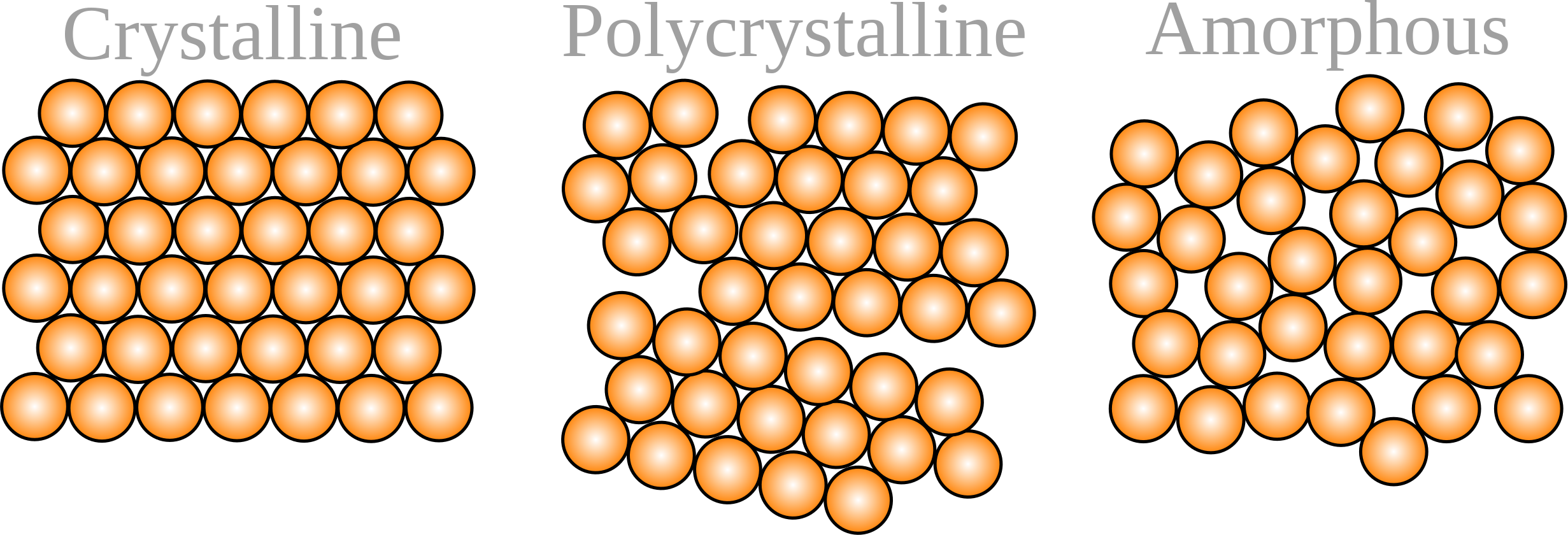] ] .right-column[ .center[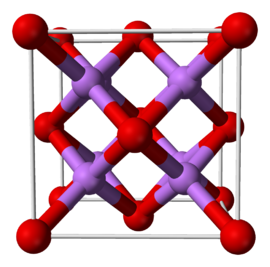] ] -- Here, we are concerned mainly with _inorganic crystals_, where the constituents are atoms or ions. -- A crystal structure is characterized by its .highlight1[unit cell], a small imaginary box containing atoms in a specific spatial arrangement with certain symmetry. The unit cell repeats iself periodically in all directions. --- ## Crystal structure generation ### Why do we care about crystals? .context35[Materials discovery can help reduce greenhouse gas emissions in multiple sectors.] -- Many solid state materials are crystal structures and they are a core component of: * Electrocatalysts for fuel cells, hydrogen storage, industrial chemical reactions, carbon capture, etc. * Solid electrolytes for batteries. * Thin film materials for photovoltaics. * ... -- However, .highlight1[material modelling is very challenging]: * Limited data: only about 200 K known inorganic crystals, but potentially $10^{180}$ plausible stable structures (for reference: more than a billion molecules are known) * Sparsity: .highlight2[stable materials] only exist in a low-dimensional subspace of all possible 3D arrangements. -- .conclusion[There is a need for efficient generative models of crystal structures.] --- ## A domain-inspired approach ### Crystal structure parameters .context[Most previous works tackle crystal structure generation in the space of atomic coordinates and struggle to preserve the symmetry properties.] -- Instead of optimising the atom positions by learning from a small data set, we draw .highlight1[inspiration from theoretical crystallography to sample crystals in a lower-dimensional space of crystal structure parameters]. -- .highlight2[Space group]: symmetry operations of a repeating pattern in space that leave the pattern unchanged. -- - There are 17 symmetry groups in 2 dimensions (wallpaper groups). - There are 230 space groups in 3 dimensions. --- count: false ## A domain-inspired approach ### Crystal structure parameters .context[Most previous works tackle crystal structure generation in the space of atomic coordinates and struggle to preserve the symmetry properties.] Instead of optimising the atom positions by learning from a small data set, we draw .highlight1[inspiration from theoretical crystallography to sample crystals in a lower-dimensional space of crystal structure parameters]. .highlight2[Lattice system]: all 230 space groups can be classified into one of the 7 lattices. .center[ <div style="display: flex"> <div style="flex: 13%;"> <figure> <img src="../assets/images/slides/crystals/lattices/triclinic.png" alt="Triclinic" style="width: 100%"> <figcaption><small>Triclinic</small></figcaption> </figure> </div> <div style="flex: 13%;"> <figure> <img src="../assets/images/slides/crystals/lattices/monoclinic.png" alt="Monoclinic" style="width: 100%"> <figcaption><small>Monoclinic</small></figcaption> </figure> </div> <div style="flex: 13%;"> <figure> <img src="../assets/images/slides/crystals/lattices/orthorhombic.png" alt="Orthorhombic" style="width: 100%"> <figcaption><small>Orthorhombic</small></figcaption> </figure> </div> <div style="flex: 13%;"> <figure> <img src="../assets/images/slides/crystals/lattices/tetragonal.png" alt="Tetragonal" style="width: 100%"> <figcaption><small>Tetragonal</small></figcaption> </figure> </div> <div style="flex: 13%;"> <figure> <img src="../assets/images/slides/crystals/lattices/rhombohedral.png" alt="Rhombohedral" style="width: 100%"> <figcaption><small>Rhombohedral</small></figcaption> </figure> </div> <div style="flex: 13%;"> <figure> <img src="../assets/images/slides/crystals/lattices/hexagonal.png" alt="Hexagonal" style="width: 100%"> <figcaption><small>Hexagonal</small></figcaption> </figure> </div> <div style="flex: 13%;"> <figure> <img src="../assets/images/slides/crystals/lattices/cubic.png" alt="Cubic" style="width: 100%"> <figcaption><small>Cubic</small></figcaption> </figure> </div> </div> ] --- count: false ## A domain-inspired approach ### Crystal structure parameters .context[Most previous works tackle crystal structure generation in the space of atomic coordinates and struggle to preserve the symmetry properties.] Instead of optimising the atom positions by learning from a small data set, we draw .highlight1[inspiration from theoretical crystallography to sample crystals in a lower-dimensional space of crystal structure parameters]. .highlight2[Lattice parameters]: The lattice's size and shape is characterised by 6 parameters: .highlight1[$a, b, c, \alpha, \beta, \gamma$]. .center[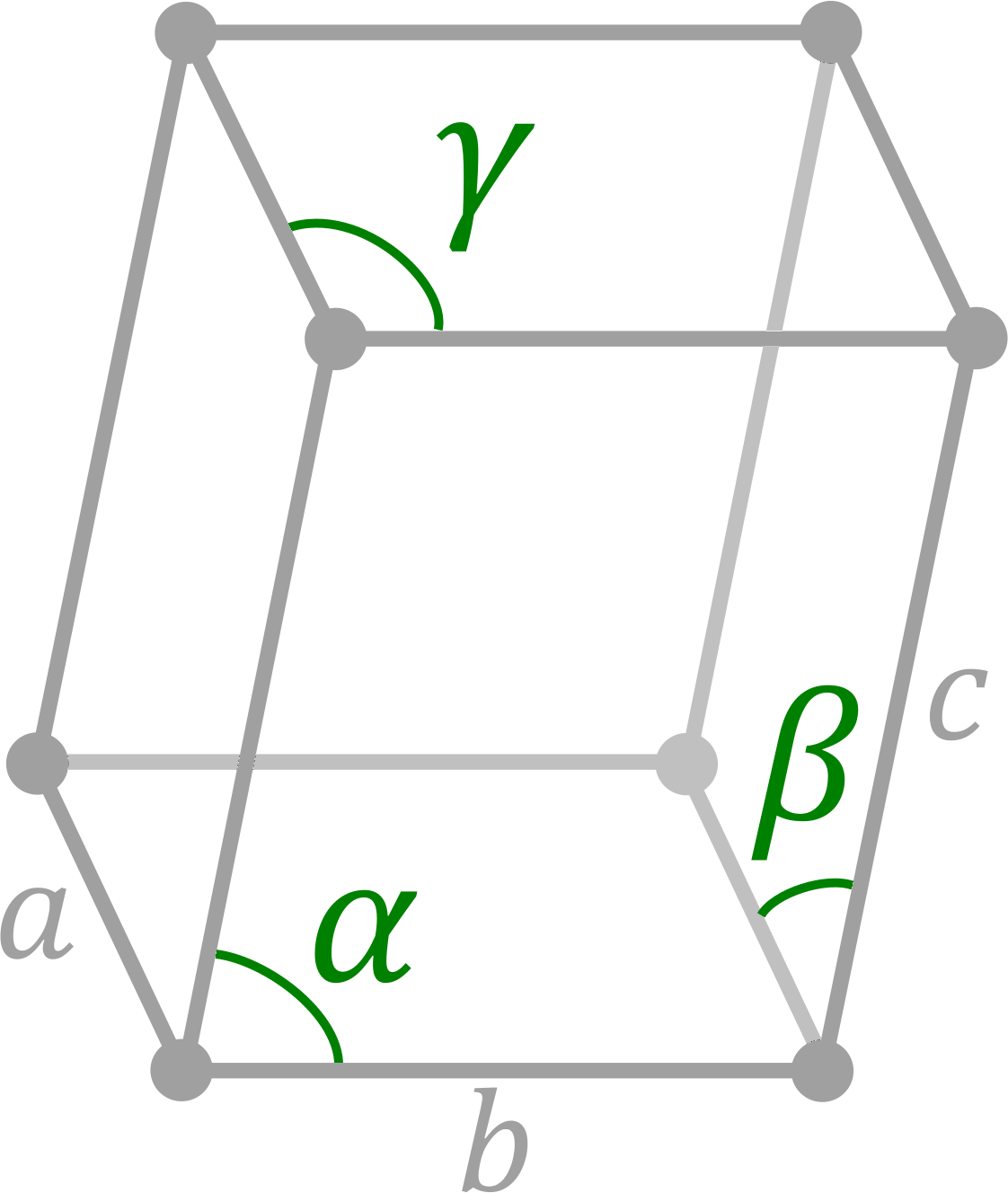] --- ## GFlowNets as the generative framework ### 3 key ingredients -- <br> 1. .highlight1[Diversity] as an objective. -- - Given a score or reward function $R(x)$, learn to _sample objects $x$ proportionally to the reward_. -- 2. .highlight1[Compositionality] in the sample generation. -- - A meaningful decomposition of samples $x$ into multiple sub-states $s_0\rightarrow s_1 \rightarrow \dots \rightarrow x$ can yield generalisable patterns. -- 3. .highlight1[Deep learning] to learn from the generated samples. -- - A machine learning model can learn the transition function $F(s\rightarrow s')$ and generalise the patterns. -- .references[ - Bengio et al. [Flow network based generative models for non-iterative diverse candidate generation](https://arxiv.org/abs/2106.04399), NeurIPS, 2021. - Jain et al. [GFlowNets for AI-Driven Scientific Discovery](https://pubs.rsc.org/en/content/articlelanding/2023/dd/d3dd00002h). Digital Discovery, Royal Society of Chemistry, 2023. ] --- ## GFlowNets as the generative framework ### Compositional generation .center[] --- count: false ## Crystal-GFlowNet ### Sequential generation .center[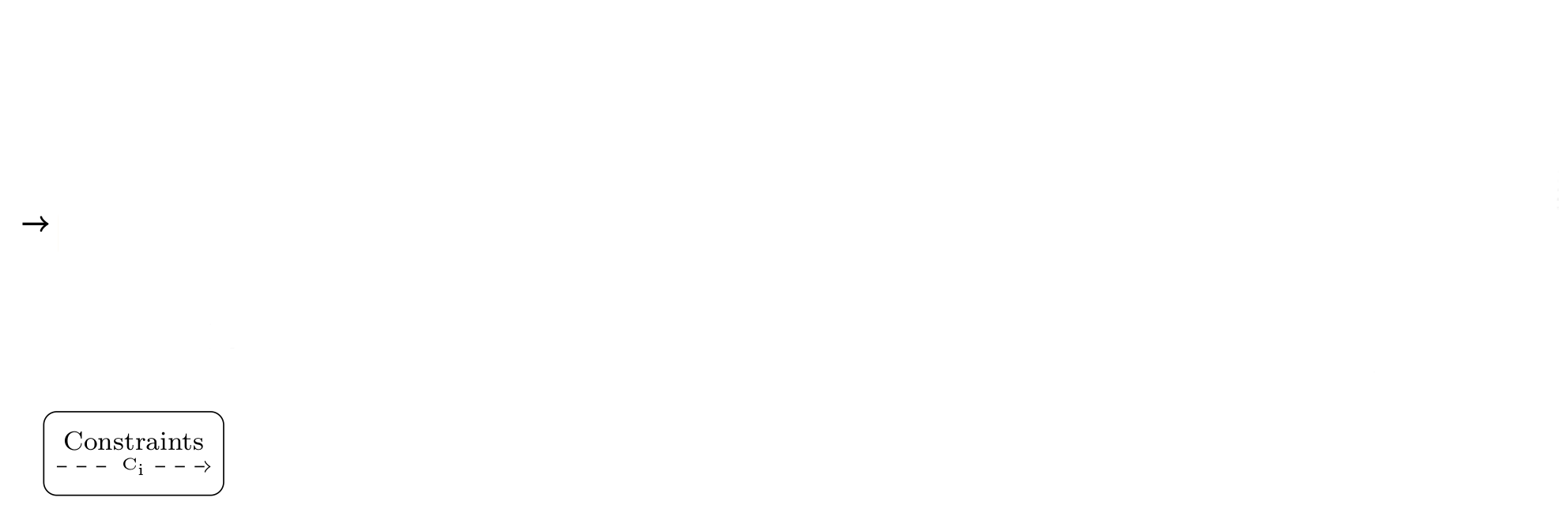] --- count: false ## Crystal-GFlowNet ### Sequential generation .center[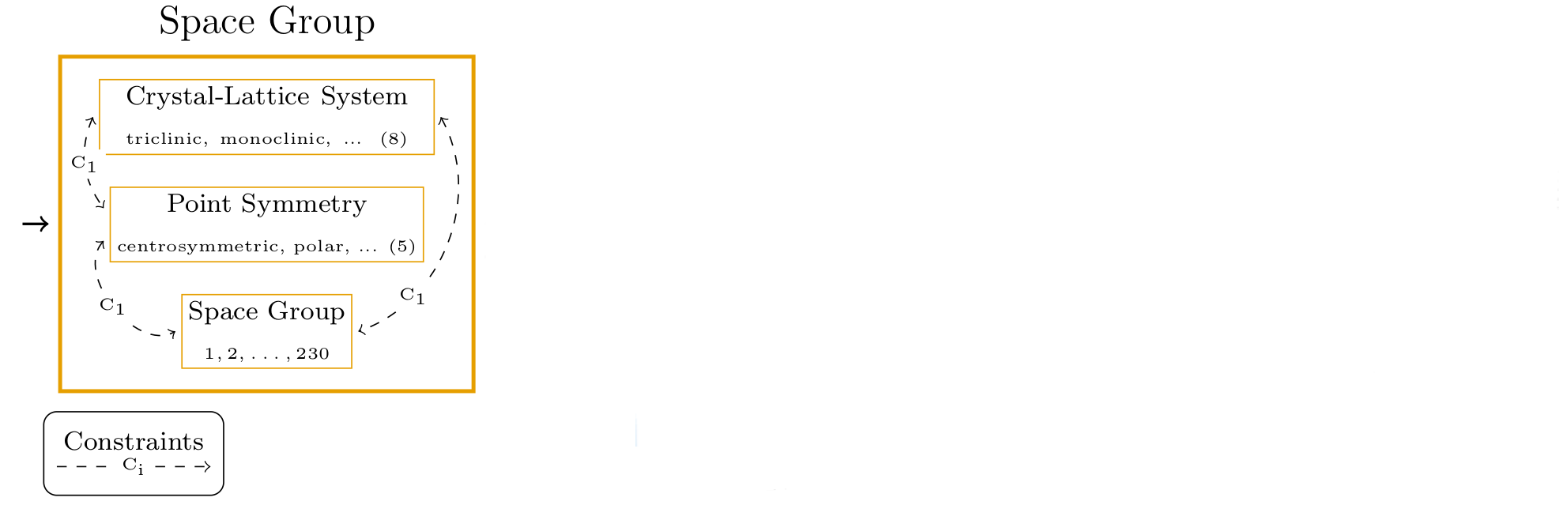] --- count: false ## Crystal-GFlowNet ### Sequential generation .center[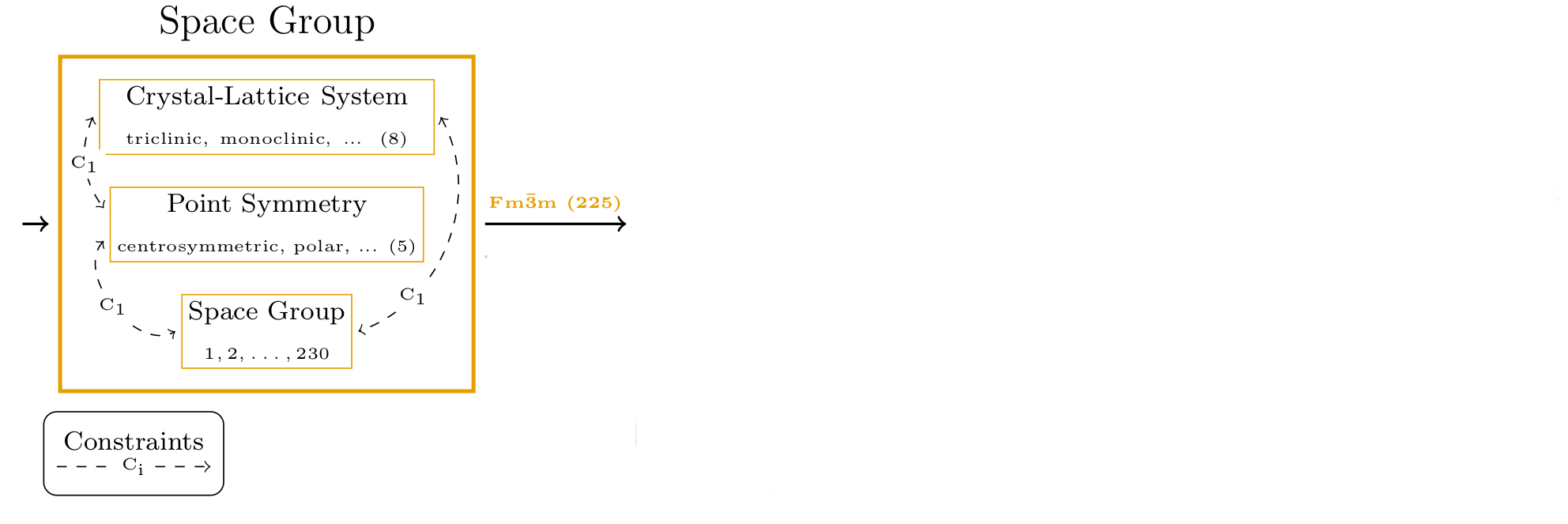] --- count: false ## Crystal-GFlowNet ### Sequential generation .center[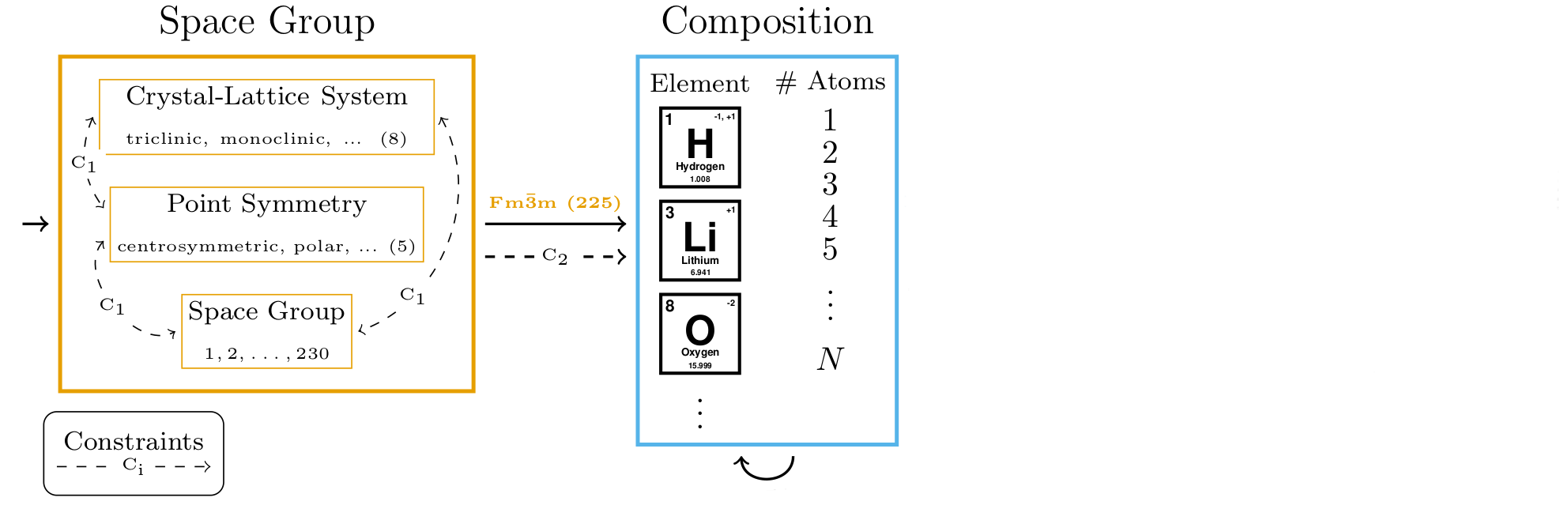] --- count: false ## Crystal-GFlowNet ### Sequential generation .center[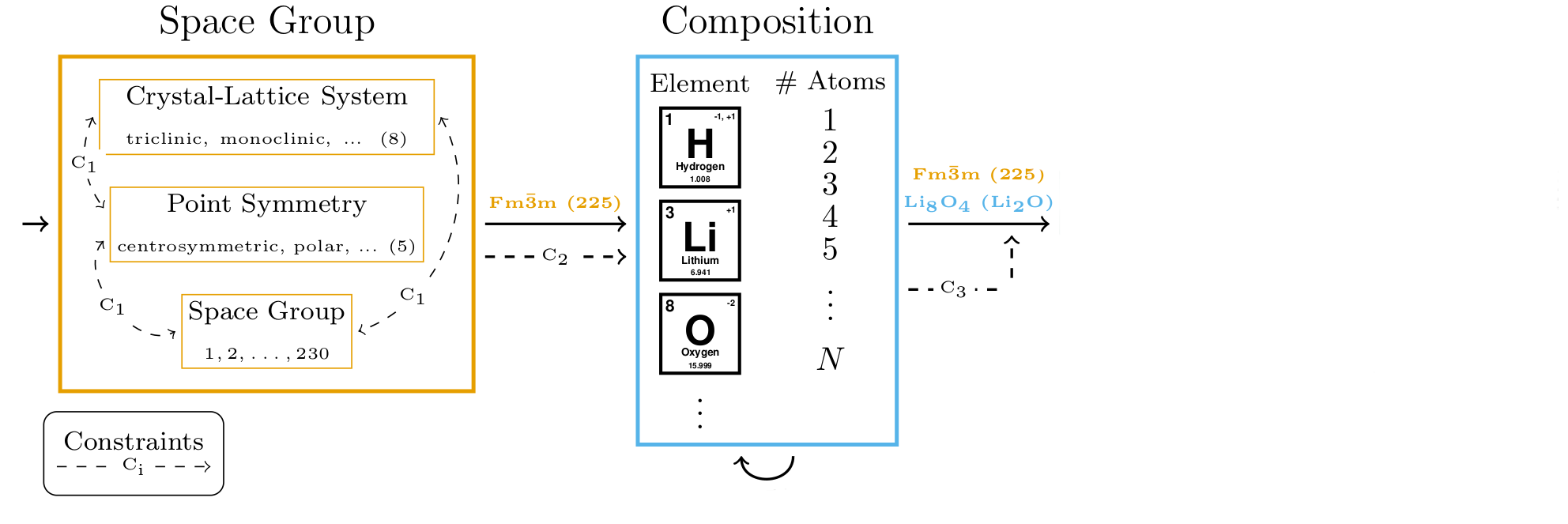] --- count: false ## Crystal-GFlowNet ### Sequential generation .center[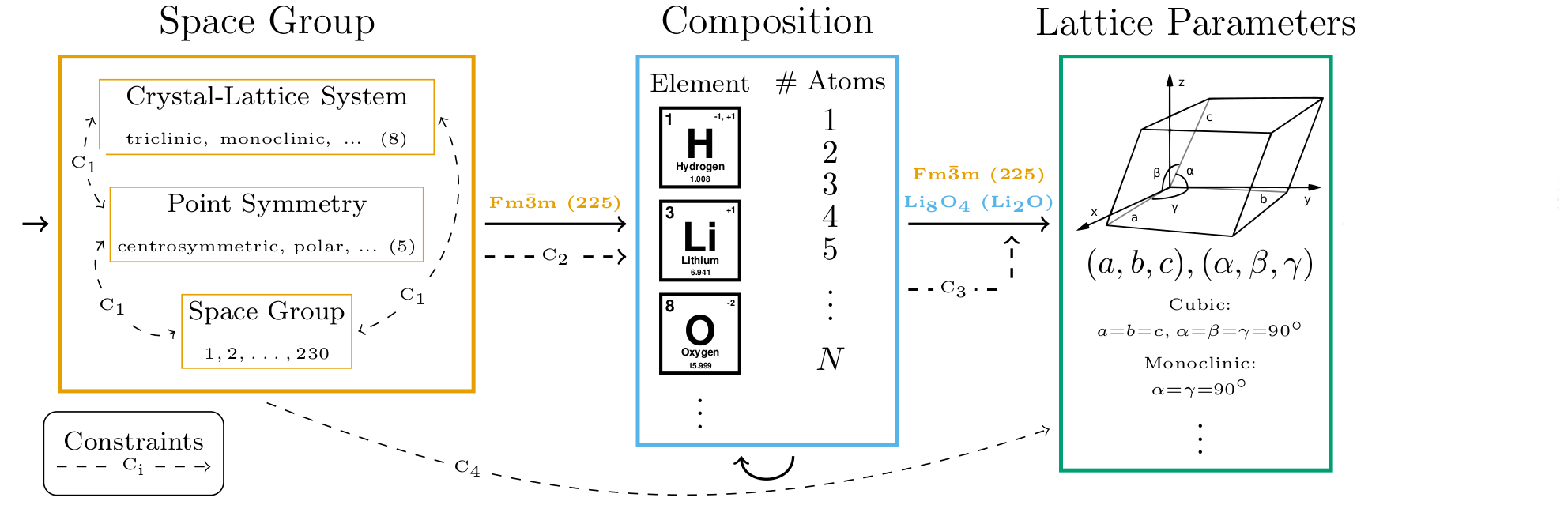] --- count: false ## Crystal-GFlowNet ### Sequential generation .center[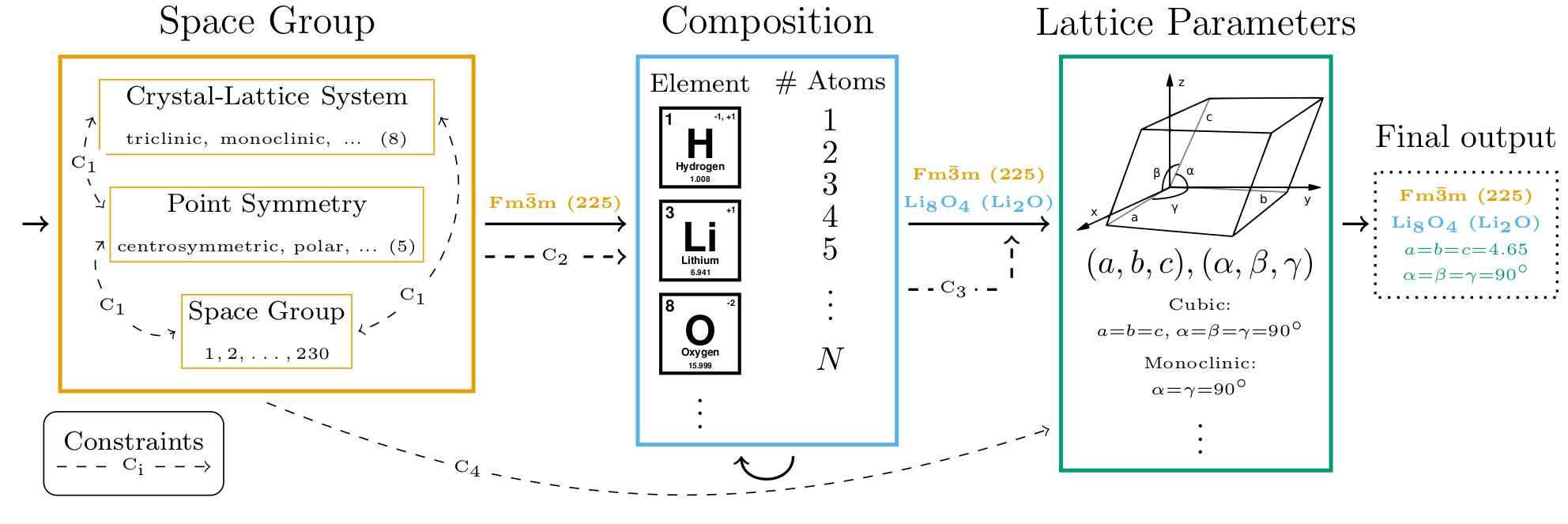] --- count: false ## Crystal-GFlowNet ### Sequential generation .center[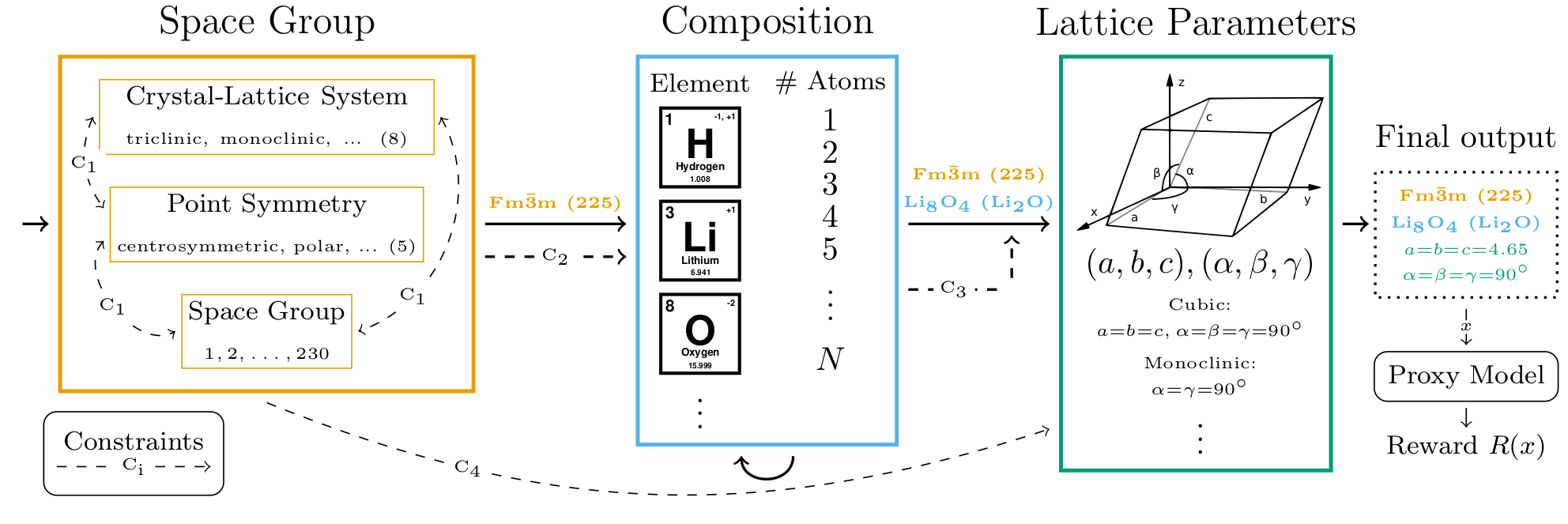] --- count: false ## Crystal-GFlowNet ### Sequential generation .center[] .conclusion[Crystal-GFN binds multiple spaces representing crystallographic and material properties, setting intra- and inter-space hard constraints in the generation process.] --- ## GFlowNet approach ### Advantages .context[We generate materials in the lower-dimensional space of crystal structure parameters.] * Constructing materials by their crystal structure parameters allows us to introduce .highlight1[physicochemical and geometric _hard_ constraints]: -- * Charge neutrality of the composition. * Compatibility of composition and space group. * Hierarchical structure of the space group. * Compatibility of lattice parameters and lattice system. -- * .highlight1[Searching in the lower-dimensional space] of crystal structure parameters may be more efficient than in the space of atom coordinates. -- * Provided we have access to a predictive model of a material property, we can .highlight1[flexibly generate materials with desirable properties], without the need for a data set. -- * We can .highlight1[flexibly sample materials with specific characteristics, such as composition or space group]. --- ## Crystal-GFlowNet ### Material properties We can train a Crystal-GFN with any reward function, provided it is computationally tractable. Therefore, we can use it to .highlight1[generate materials with different properties]. -- We have tested the following properties: - .highlight2[Formation energy] per atom [eV/atom], via a pre-trained machine learning model: indicative of the material's stability. -- - .highlight2[Electronic band gap] [eV] (squared distance to a target value, 1.34 eV), via a pre-trained machine learning model: relevant in photovoltaics, for instance. -- - Unit cell .highlight2[density] [g/cm<sup>3</sup>]: convenient as a proof of concept because we can calculate it _exactly_ from the GFN outputs. --- count: false ## Crystal-GFlowNet ### Material properties We can train a Crystal-GFN with any reward function, provided it is computationally tractable. Therefore, we can use it to .highlight1[generate materials with different properties]. We have tested the following properties: - .highlight2[Formation energy] per atom [eV/atom], via a pre-trained machine learning model: indicative of the material's stability. - .highlight2[Electronic band gap] [eV] (squared distance to a target value, 1.34 eV), via a pre-trained machine learning model: relevant in photovoltaics, for instance. - .alpha50[Unit cell .highlight2[density] [g/cm<sup>3</sup>]: convenient as a proof of concept because we can calculate it _exactly_ from the GFN outputs.] --- ## Results ### Formation energy .context35[The formation energy correlates with stability. The lower, the better.] .center[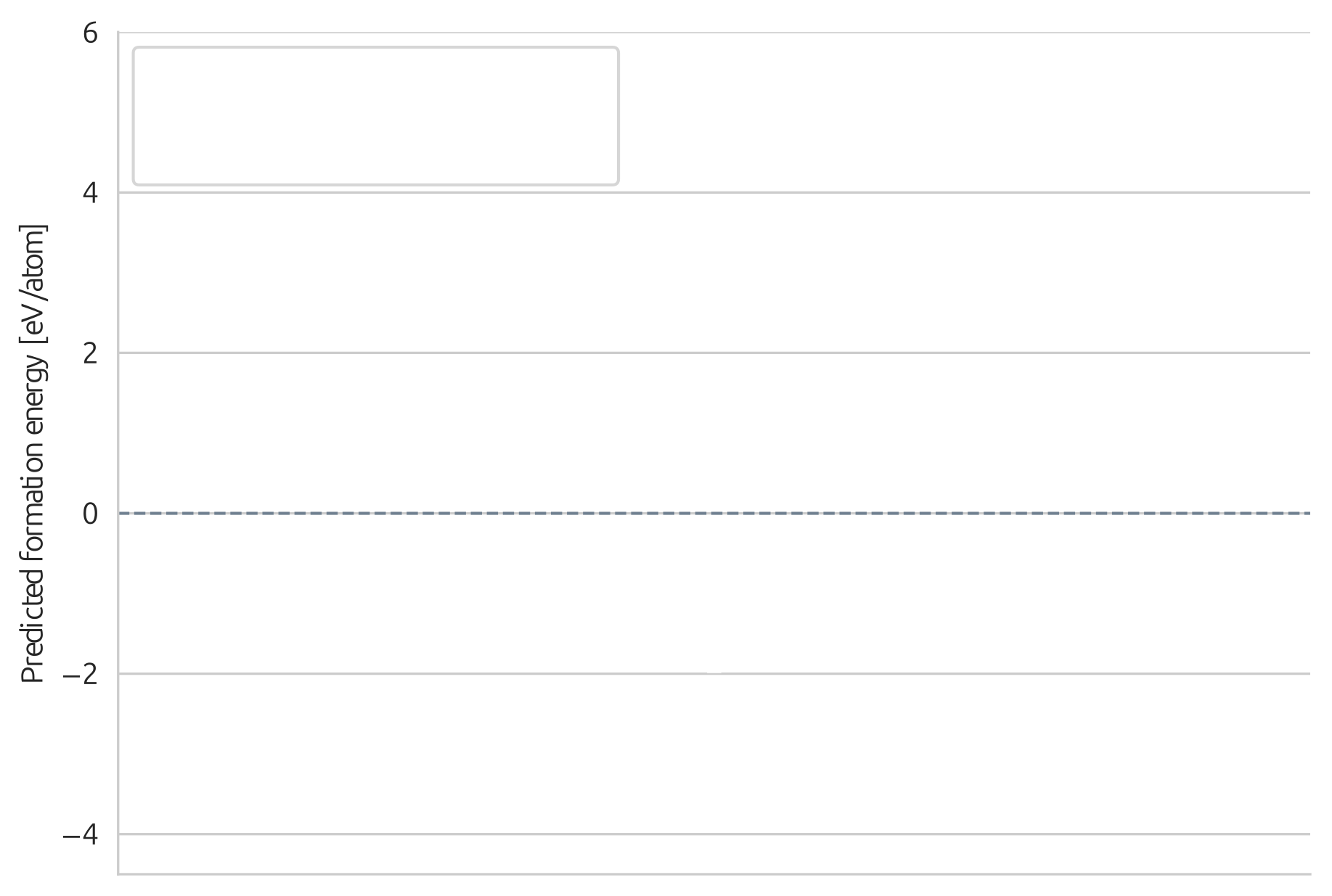] --- count: false ## Results ### Formation energy .context35[The formation energy correlates with stability. The lower, the better.] .center[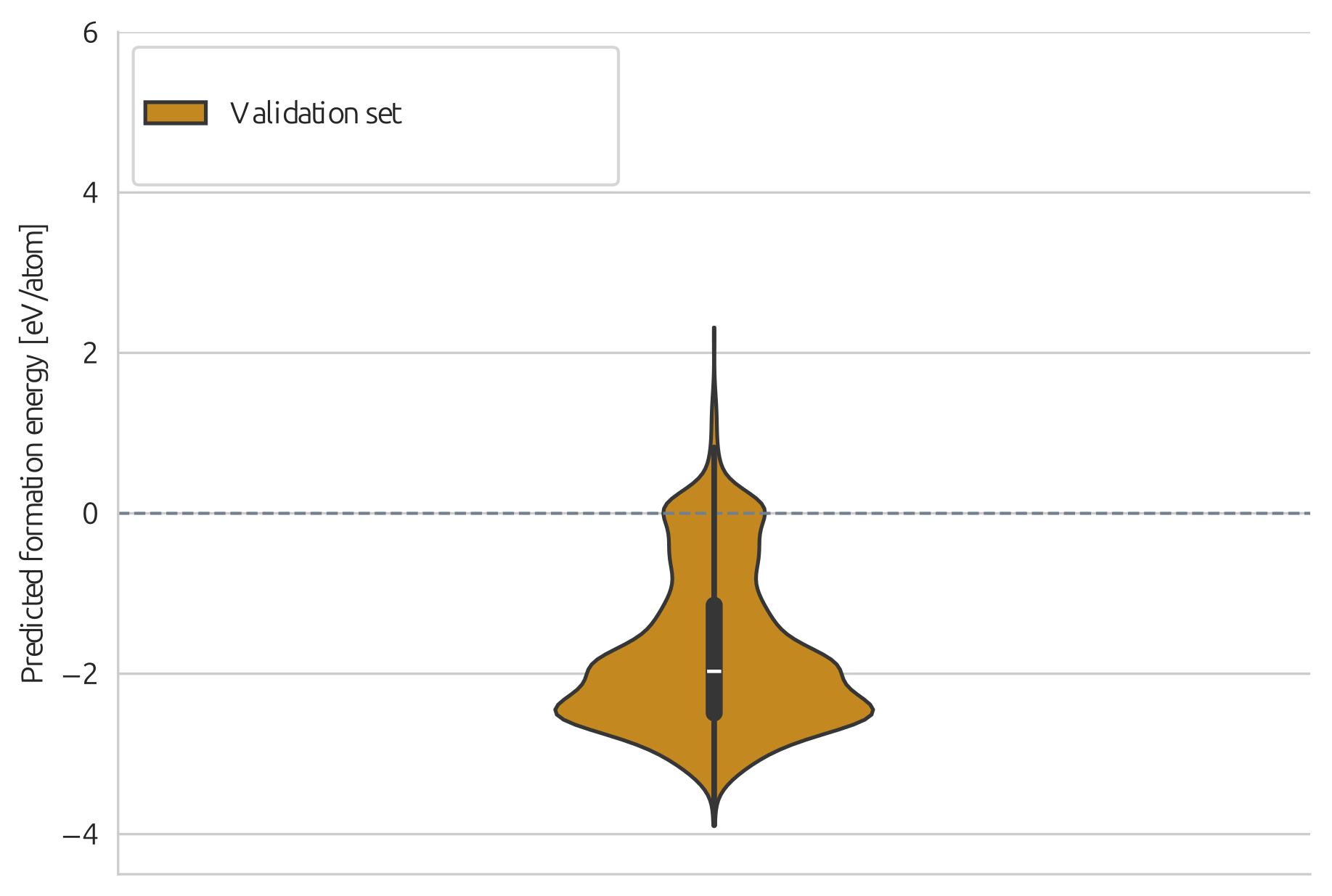] --- count: false ## Results ### Formation energy .context35[The formation energy correlates with stability. The lower, the better.] .center[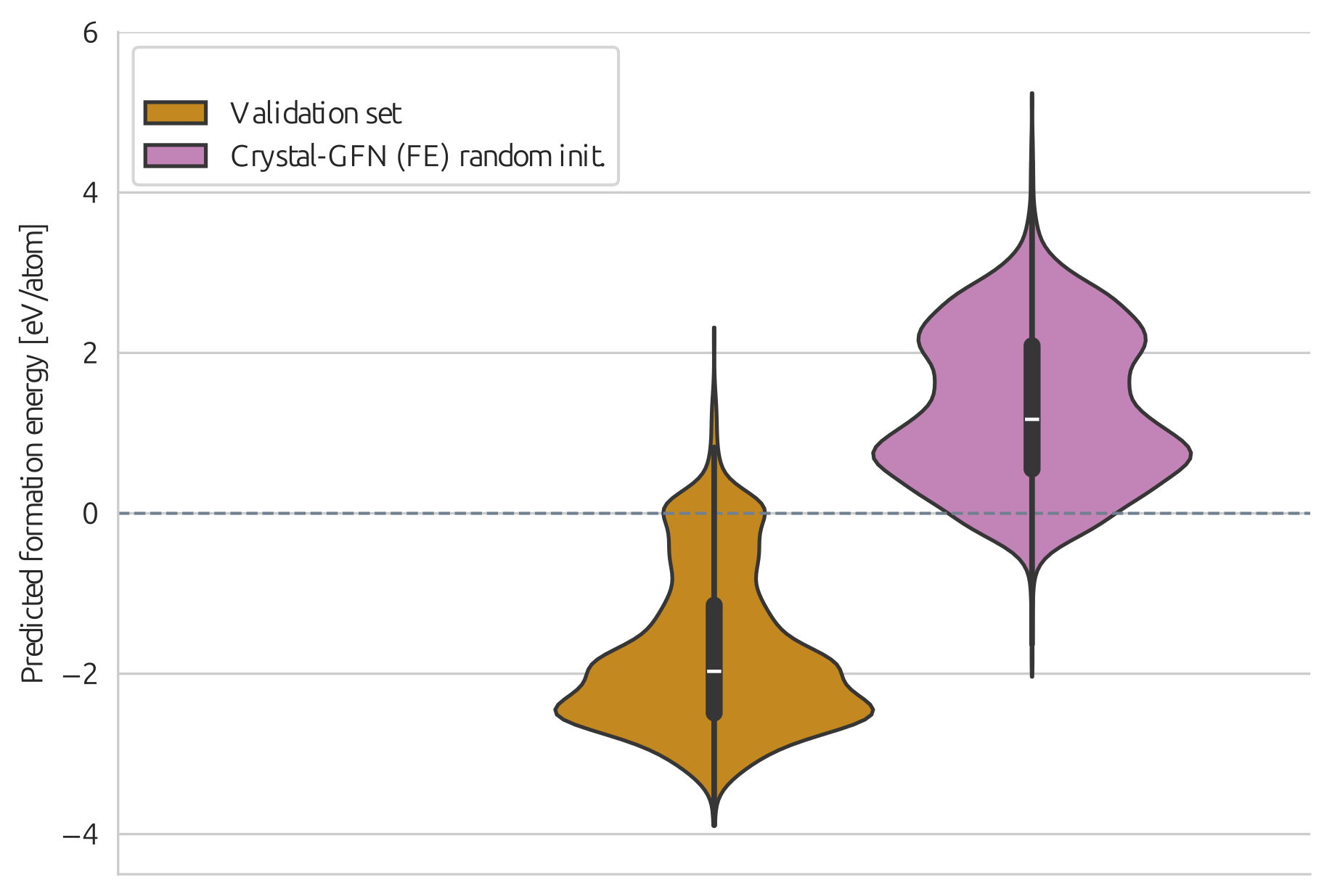] --- count: false ## Results ### Formation energy .context35[The formation energy correlates with stability. The lower, the better.] .center[] --- count: false ## Results ### Formation energy .context[.highlight1[After training, Crystal-GFN samples structures with even lower formation energy [eV/atom] than the validation set.]] .center[] --- ## Results ### Band gap .context35[We aimed at sampling structures with band gap close to 1.34 eV.] .center[] --- count: false ## Results ### Band gap .context35[We aimed at sampling structures with band gap close to 1.34 eV.] .center[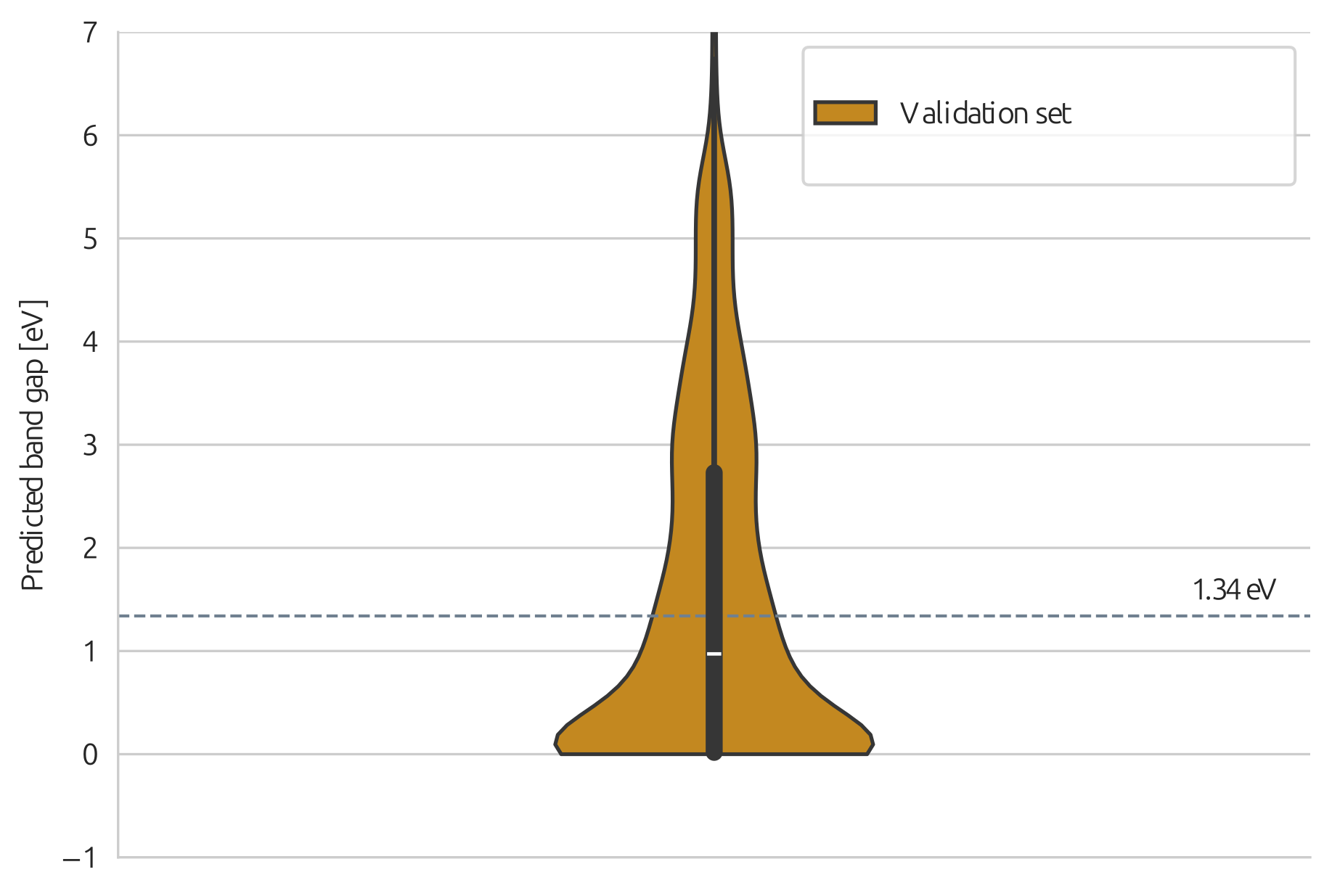] --- count: false ## Results ### Band gap .context35[We aimed at sampling structures with band gap close to 1.34 eV.] .center[] --- count: false ## Results ### Band gap .context35[We aimed at sampling structures with band gap close to 1.34 eV.] .center[] --- count: false ## Results ### Band gap .context[.highlight1[After training, Crystal-GFN samples structures with band gap [eV] around the target value.]] .center[] --- ## Results ### Diversity .context[.highlight2[Diversity] is key in materials discovery.] Analysis of 10,000 sampled crystals and the top-100 with lowest formation energy. -- - All 10,000 samples are unique. -- - All crystal systems, lattice systems and point symmetries found in the 10,000 samples. - 4 out of 8 crystal-lattice systems in the top-100. - 4 out of the 5 point symmetries in the top-100. -- - All 22 elements found in the 10,000 samples. - 15 out of 22 elements in the top-100. -- - 73 out of 113 space groups (65 %) found in the 10,000 samples - 19 out of 113 space groups in the top-100. -- .conclusion[Crystal-GFN samples are highly diverse.] --- ## Results ### Restricted sampling .context[Crystal-GFN is flexible by design, inspired by the needs of domain experts.] We restrict the sampling space at sampling time: - A: The composition is restricted to only elements Fe and O, with a maximum of 10 atoms per element. - B: We sample in the ternary space for Li-Mn-O, keeping the element count to maximum 16 atoms. - C: We restrict the space groups to only cubic lattices. - D: We restrict the range of the lattice parameters to lengths between 10 and 20 angstroms and angles between 75 and 135 degrees. --- ## Results ### Restricted sampling .center[] --- ## Crystal-GFN ### Summary and conclusions .references[ Mila AI4Science et al. [Crystal-GFN: sampling crystals with desirable properties and constraints](https://arxiv.org/abs/2310.04925). AI4Mat workshop at NeurIPS 2023 (spotlight) ] * Discovering new crystal structures with desirable properties can help mitigate the climate crisis. -- * There are infinitely many conceivable crystals. Only a few are stable. Only a few stable crystals have interesting properties. This is a really hard problem. -- * Most methods in the literature struggle to preserve the symmetry properties of the crystals. -- * Crystal-GFN introduces .highlight1[physicochemical and structural constraints], reducing the search space. * Crystal-GFN was trained in 30 hours in a CPU-only machine. -- * Our results show that we can generate .highlight1[diverse, high scoring samples with the desired constraints]. -- * The .highlight1[framework can be flexibly extended] with more constraints, crystal structure descriptors (atomic positions) and other properties. -- * .highlight2[Open source code]: [github.com/alexhernandezgarcia/gflownet](https://github.com/alexhernandezgarcia/gflownet) --- ## Acknowledgements ### Amazing colleagues and friends .left-column[ * Alexandre Duval * Alexandra Volokhova * Pierre Luc Carrier * Divya Sharma * Victor Schmidt * Pierre Paul de Breuck * Yasmine Benabed * Michał Koziarski * Yoshua Bengio * Félix Therrien * Mickaël Dollé ] --- name: title class: title, middle  .smaller[Mila AI4Science: Alex Hernandez-Garcia, Alexandre Duval, Alexandra Volokhova, Yoshua Bengio, Divya Sharma, Pierre Luc Carrier, Yasmine Benabed, Michał Koziarski, Victor Schmidt, Pierre-Paul De Breuck, Félix Therrien, Mickaël Dollé] [github.com/alexhernandezgarcia/gflownet](https://github.com/alexhernandezgarcia/gflownet) .center[ <a href="https://mila.quebec/"><img src="../assets/images/slides/logos/mila-beige.png" alt="Mila" style="height: 3em"></a> <a href="https://www.umontreal.ca/"><img src="../assets/images/slides/logos/udem-white.png" alt="UdeM" style="height: 3em"></a> ] .footer[[alexhernandezgarcia.github.io](https://alexhernandezgarcia.github.io/) | [alex.hernandez-garcia@mila.quebec](mailto:alex.hernandez-garcia@mila.quebec)]<br> .footer[[@alexhg@scholar.social](https://scholar.social/@alexhg) [](https://scholar.social/@alexhg) | [@alexhdezgcia](https://twitter.com/alexhdezgcia) [](https://twitter.com/alexhdezgcia)]